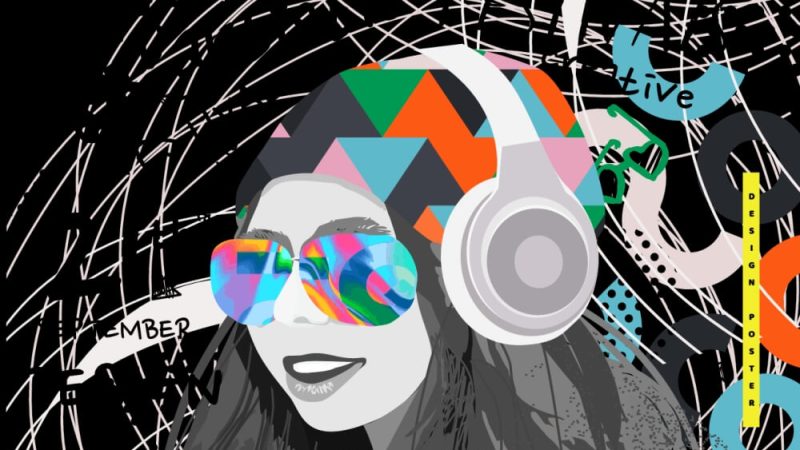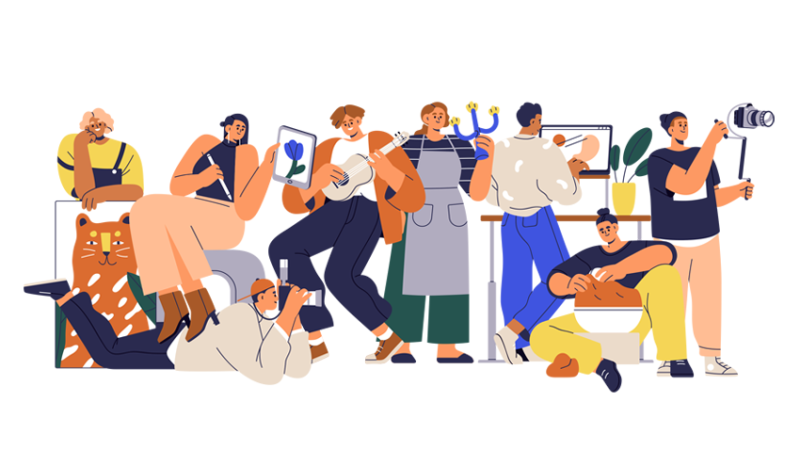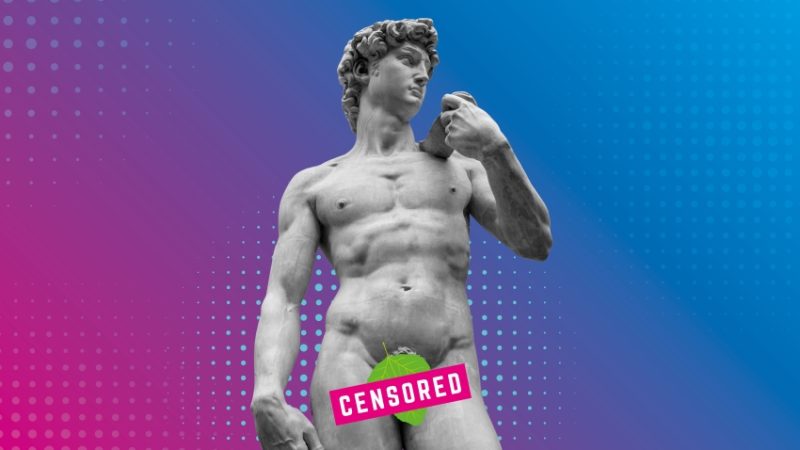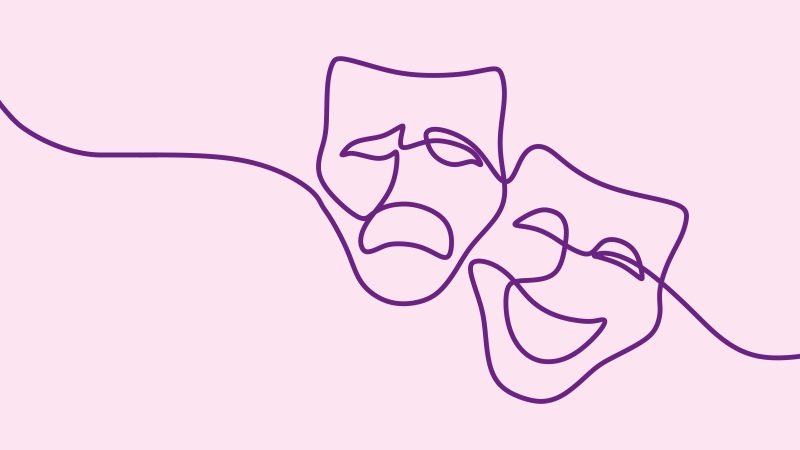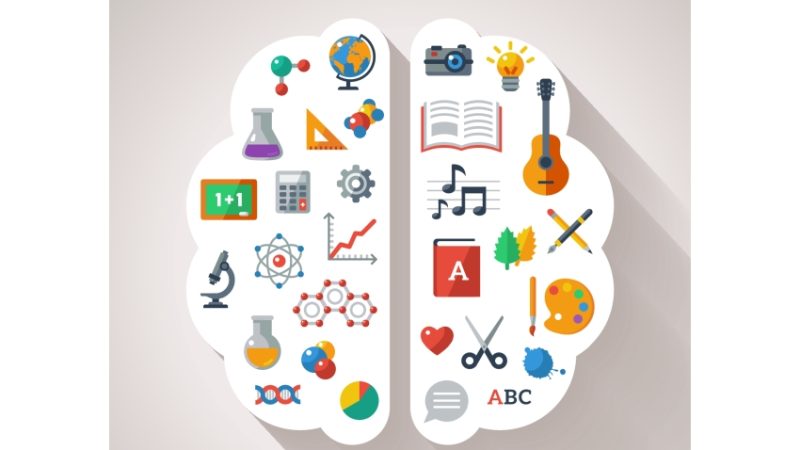Art history in schools – What to teach and how to do it
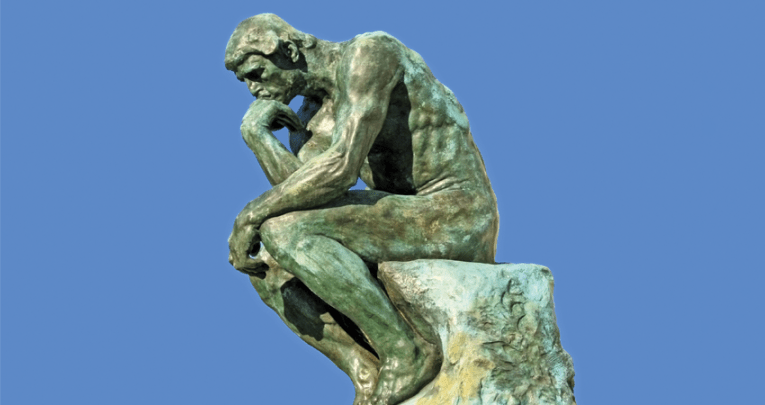
Art history occupies a bigger place in the curriculum than it used to – and covering it sufficiently can be quite the challenge, says Caroline Aldous-Goodge
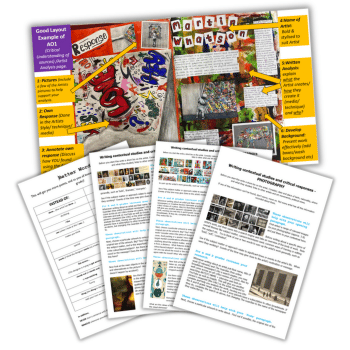
Two years ago, Gavin Williamson announced a 50% cut in funding for arts subjects at university, including art history. A number of noted artists and musicians expressed outrage at the time, accusing the government of neglecting the country’s ‘cultural national health’.
Since 2010, we can further see how curriculum time for the teaching of art within schools has been squeezed. This is part of a devaluing of arts subjects more broadly. Needless to say, this has had many knock-on effects – not least to the teaching of art history in schools at KS3.
Cultural capital
Learning art history is crucial for developing cultural capital. It gives students valuable context, ideas and inspiration for the many different directions in which they can take their own work.
The art history curriculum has largely given leaders free rein as to what areas they can cover. This sounds fantastic – ‘I can teach the art history I love!’ – but wait, there’s a catch. More than a few, in fact. In said curriculum, you must include ‘Great artists, craft-makers and designers,’ and ensure that you ‘Enable pupils to develop a love of a subject that is both intellectually challenging and creatively demanding.’
Oh, and if you have the time, you should also include ‘Examples of the diversity of art, including art, craft, design work produced outside Europe, and artists, craft-makers and designers from diverse communities.’
That’s a lot to cram in. So where to start…?
Art history at KS3
Having witnessed years of cuts and that aforementioned announcement by Gavin Williamson, it would seem that Ofsted and the wider DfE have at last begun to recognise the true value of the creative arts.
Ofsted’s outgoing Chief Inspector, Amanda Spielman, has observed how, ‘Art makes a significant contribution to our society through human innovation, imagination, and thought. A high-quality curriculum in art, craft and design, enables pupils to develop a love of the subject.’
But how, exactly, can we foster a love of art history in schools? Practical work is reliably interesting, inspiring and fun. But it can be trickier to interest students in art history. For that to happen, students need to appreciate that there’s more to art than simply drawing and painting.
For their part, teachers need to explain the influence and importance of art on history, politics, religion and society. But how can anyone achieve that within just 50 minutes of contact time per week?
Art curriculum leaders are thus left pulling their hair out trying to cover all bases, afraid of overlooking something important. This can lead to a thinly spread and boring curriculum.
Immersion and diversity
The National Curriculum doesn’t specify how much, or precisely what art history students should study. It leaves it to schools to decide on their own curriculum.
I recently read the fantastic book The Story of Art Without Men by Katy Hessel. It opened my mind to how hugely biased and discriminatory most art history resources are. We teachers may well have to start from scratch!
Traditional timelines of art history tend to start with prehistoric art, before moving through:
- Baroque (1600-1750)
- Classical (1750-1827)
- Romantic (1827-1900)
- Modern (1900-1970)
But how much of that can we realistically cover at KS3? Not a lot. It’s important to present a brief overview of each, but then perhaps look more in-depth at a particular stage in art history. We can maybe link this to a cross-curricular activity, trip or visit.
One successful example I can call to mind was when our school’s history department was looking at the Russian Revolution. The art department mirrored this by studying artists and movements of that era, including cubism, futurism and constructivism.
This culminated in an immersive day, where students’ artwork decorated the classrooms of the history department!
Contemporary art
In terms of contemporary art, there’s an extensive array of exciting and diverse artists exhibiting work right now. The Tate Modern has done a good job of embracing diversity of late. Recent exhibitions by Lubaina Himid and Yayoi Kusama have really pushed the boundaries of traditional art.
I’m as guilty as the next senior art teacher of sometimes dragging out old favourites, such as ‘pop art’ or ‘identity’. But we shouldn’t avoid confronting modern forms, techniques and even technological shifts – such as digitally-produced artworks, and the advent of art made using artificial intelligence.
The AI system DALL·E 2, for example, is already capable of creating realistic images and art from written descriptions and prompts – but does this even count as art at all?
Engaging students
Artists such as Himid, Kusama and Marina Abramović are, in their own ways, actively questioning what art is, the audiences it reaches and the subject matter it covers. What students wouldn’t be intrigued and captivated by the Marina Abramović retrospective at the Royal Academy? Here, visitors have to squeeze themselves through two naked people when entering.
The reaction of my Y13 art students to this interested me. They were shocked and disgusted. Some argued that it wasn’t ‘proper’ art. Could that be because their experience and education of what art is has been so narrow? They believed that art was just painting and drawing in an accurate way, and that only this practice denoted true, skillful art. I was surprised at their closed-mindedness. It prompted me to reflect on what might have led them to such a viewpoint.
We expect art teachers to cover a lot in the short amount of time available. At KS3, there’s also the challenge of capturing their imagination. I personally believe that teachers should select artists for study who have inspired them personally, and who they feel have contemporary relevance, over trying to follow a prescribed, white, European, male-dominated curriculum.
Many exam boards offer courses that can help you with the process of choosing artists. Some of these are aimed specifically at GCSE or A Level. Yet nothing beats a trip to a gallery to get you really thinking about the meaning and relevance of art.
I, for one, have already booked my ticket to squeeze past those naked models at the Marina Abramović retrospective, though I doubt I’ll be taking any students with me…
Cross-curricular collaboration
It’s always fun to collaborate with other departments and see if they can incorporate elements of art history into their subject curriculum. In history, for example, one could look at Henry Moore’s sketches of Londoners sheltering from WWII air raids in underground stations, which he created in his capacity as an official War Artist.
Language teachers could potentially discuss Picasso’s ‘Guernica’. This is the large 1937 oil painting depicting the Spanish civil war that many art critics regard as among the most moving and powerful anti-war artistic statements in history.
There are many different approaches and areas you could consider when inspiring students by linking art history to different subjects. Above all, I would hope that all schools are eventually given sufficient time and resources to maintain a broad and diverse art history curriculum.
Caroline Aldous-Goodge is an art and design teacher, head of year and education researcher






